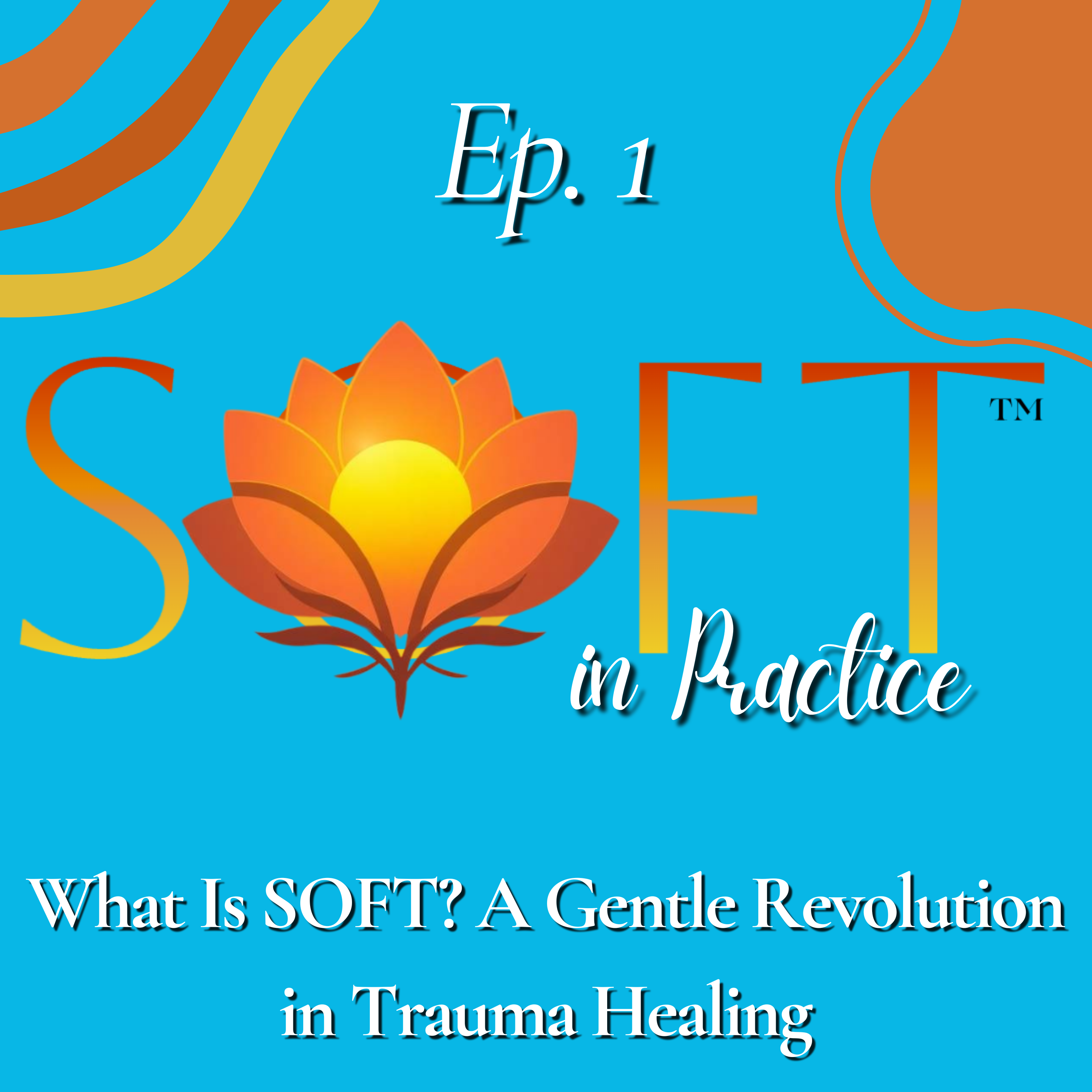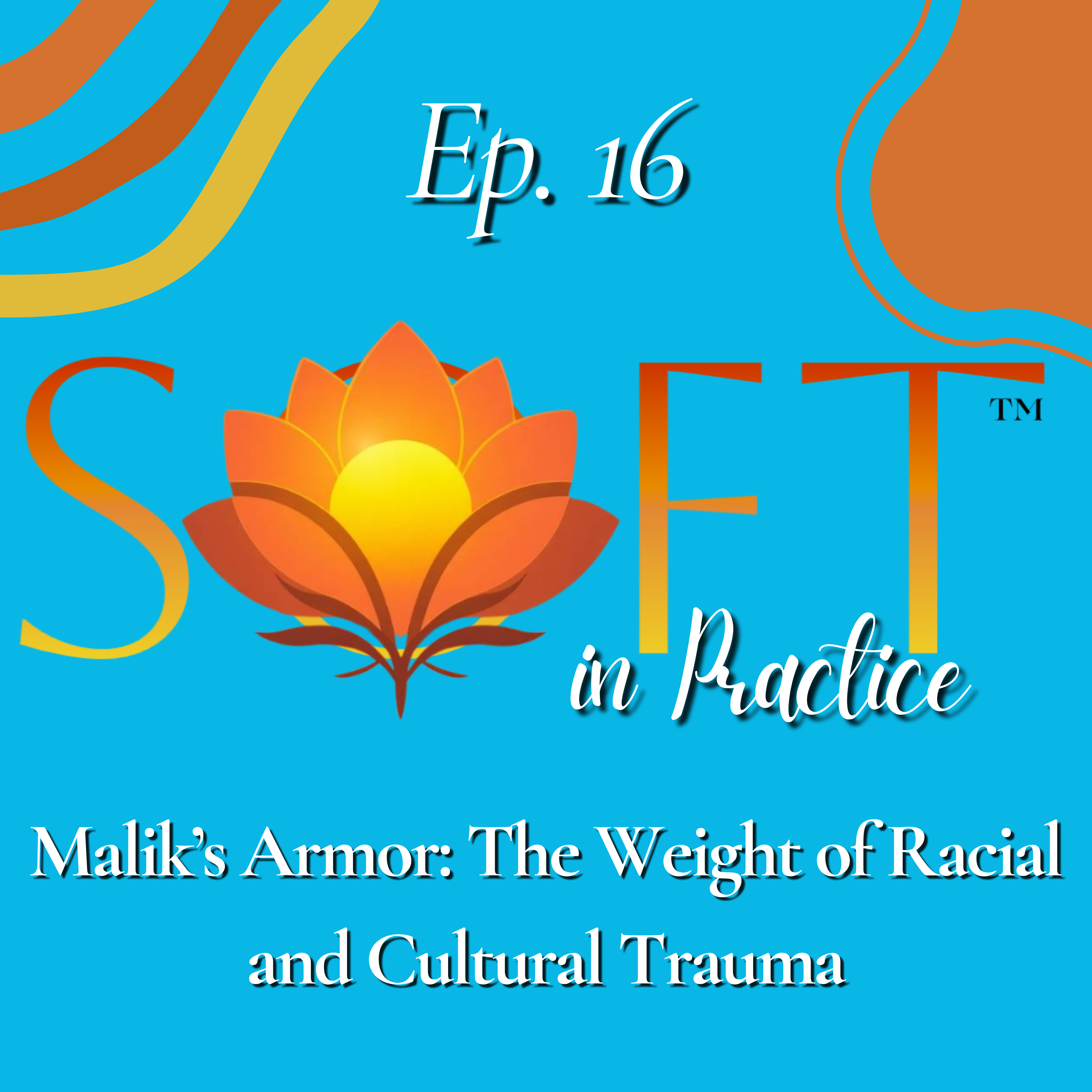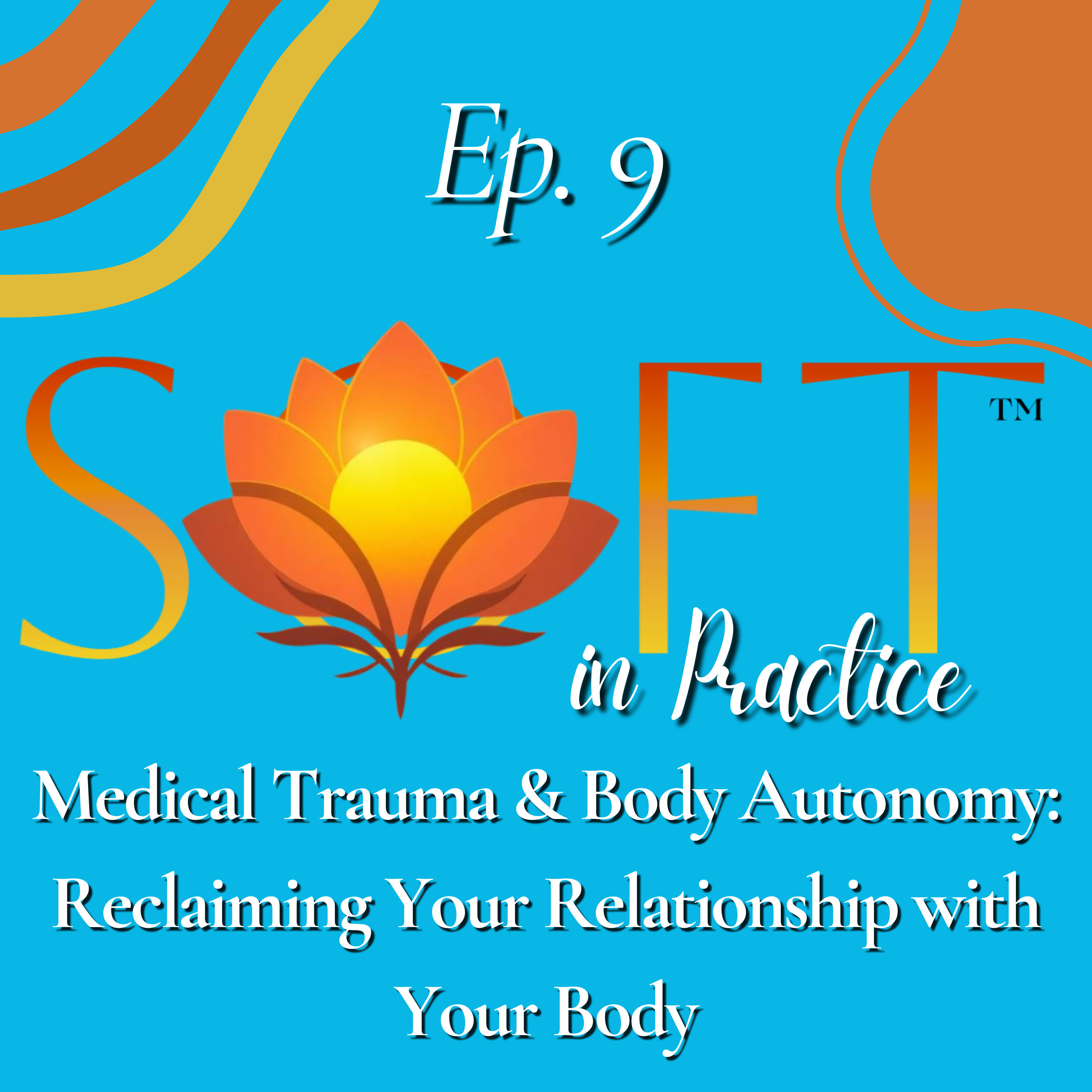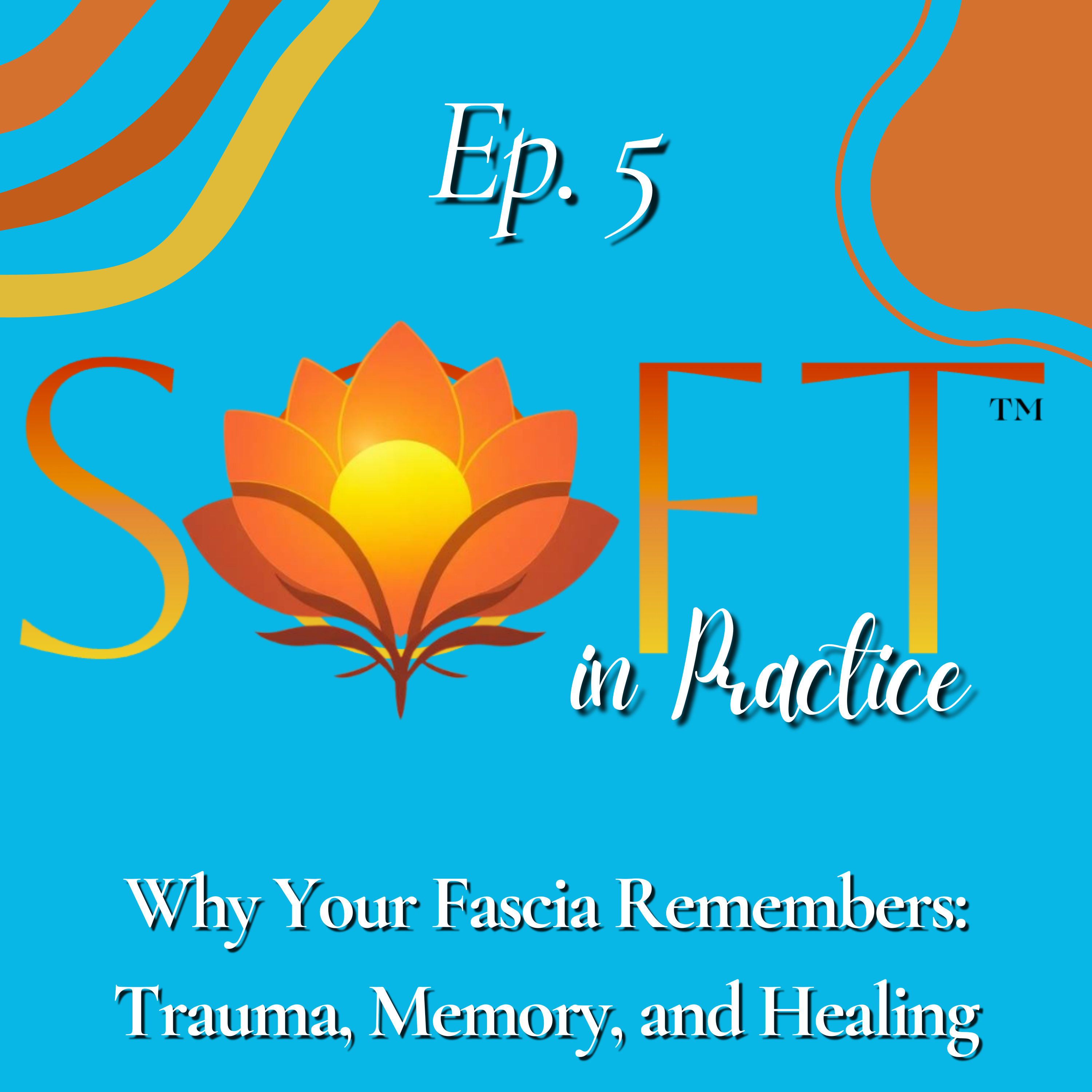Episode Transcript
SOFT stands for Somatic Oriented Fascia Therapy.
It is a trauma-informed, fascia-focused approach to embodied healing, nervous system regulation, and body autonomy.
Many people have heard that trauma lives in the body.
But what does that really mean?
Even after years of talk therapy or mindfulness practice, many people still experience pain, tension, or a sense of being stuck.
SOFT was created to address this gap.
Fascia is the connective tissue network of the body.
Imagine a web, woven through muscles, bones, organs, and nerves.
Fascia holds everything together, but it is much more than structural support.
Fascia is packed with nerve endings.
It responds to stress and stores memory, emotion, and experiences.
You can think of fascia as your body’s internal internet—a communication network that records not just tension, but every experience you have lived.
SOFT exists for those times when the mind says “you are safe” but the body says otherwise.
It is for anyone who feels locked in their body, disconnected from pleasure, or frustrated by chronic pain and tension that does not respond to logic.
SOFT offers a new, practical pathway to embodied change.
The SOFT method is based on a four-stage process called the SOFT Cycle.
The first stage is Sensing.
Sensing means developing gentle, nonjudgmental awareness of body sensations.
This stage invites curiosity, not analysis or fixing.
The second stage is Opening.
Opening is about allowing protective patterns in the fascia to begin unwinding, always at the body’s pace and never by force.
The third stage is Feeling.
Feeling is making space for emotions and sensations that emerge as tension releases.
This stage supports safe, gradual processing, so nothing feels overwhelming.
The fourth stage is Transformation.
Transformation is integrating these new experiences and building more capacity for rest, pleasure, and connection in everyday life.
What makes SOFT unique is that it works directly with fascia—the tissue where trauma, stress, and identity are stored, often outside of conscious awareness.
SOFT combines elements of bodywork, somatic psychology, and trauma-informed care.
It always centers on consent, pacing, and respect for the body’s wisdom.
Here is an example.
A young woman named Maya had chronic pelvic pain and difficulty feeling comfortable with intimacy.
She had tried different therapies, but nothing changed her sense of being locked in her body.
SOFT started with gentle sensing, inviting Maya to notice her pelvis with curiosity.
There was no pressure to change anything.
Over time, her fascia began to soften.
Her pain decreased.
She noticed the return of sensation.
Most importantly, Maya developed new trust in her body.
Her body’s protective patterns were not a flaw—they were wisdom.
SOFT helped her recognize this and build a new relationship with her body.
You can try a simple SOFT practice now.
This is called the Fascial Hello.
Place your hand somewhere on your body that feels safe or neutral.
It could be your chest, belly, thigh, or the back of your neck.
Notice what is there.
Is it warmth, tightness, numbness, or curiosity?
Do not judge or try to change anything.
Simply greet this area, like saying hello to a friend.
Notice how your body responds.
There is no right or wrong way to do this.
The Fascial Hello is a simple step, but it is the beginning of embodied change.
SOFT is about meeting your body where it is, honoring its wisdom, and opening the door to new possibilities, one gentle moment at a time.
To learn more about trauma-informed fascia therapy, find resources, or explore additional practices, visit somaticorientedfasciatherapy.com.
Next time, we will explore why your body sometimes says “no,” and how resistance is a brilliant, protective response—not a flaw.



